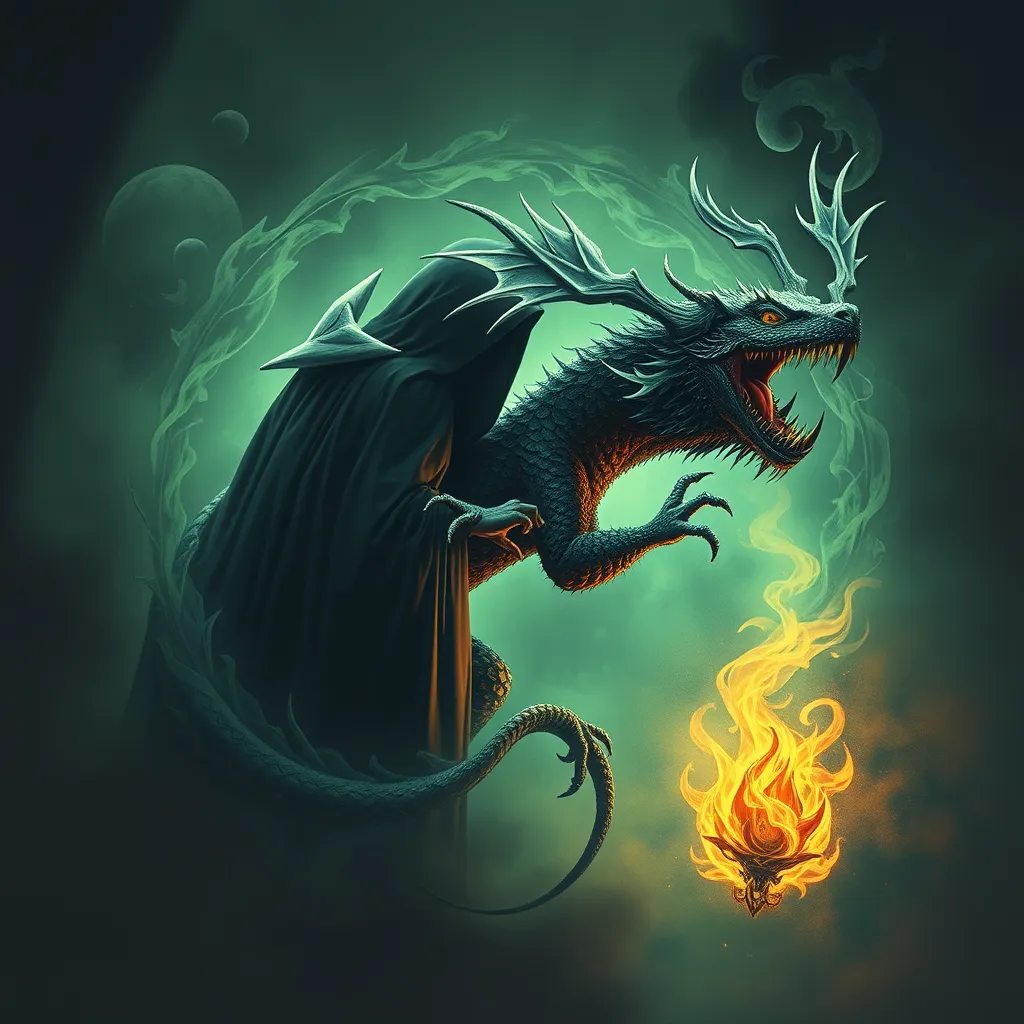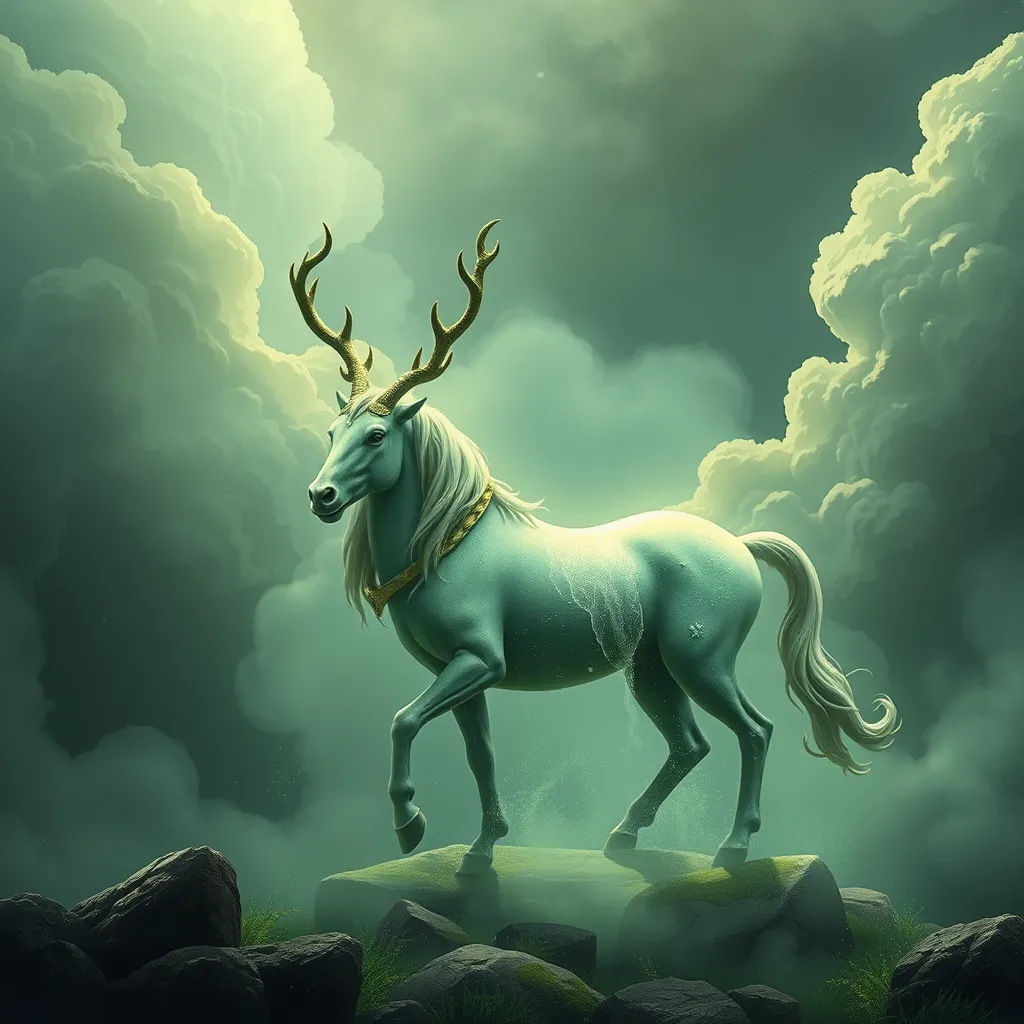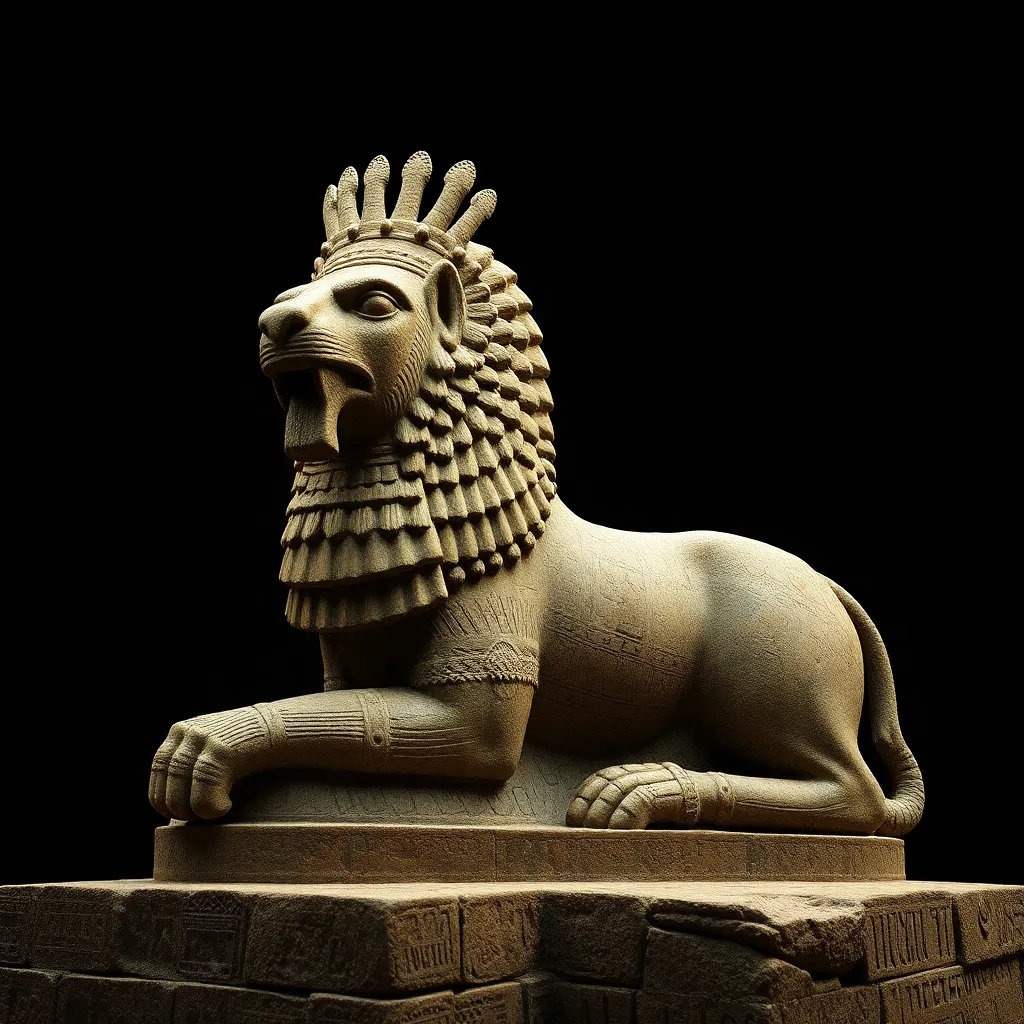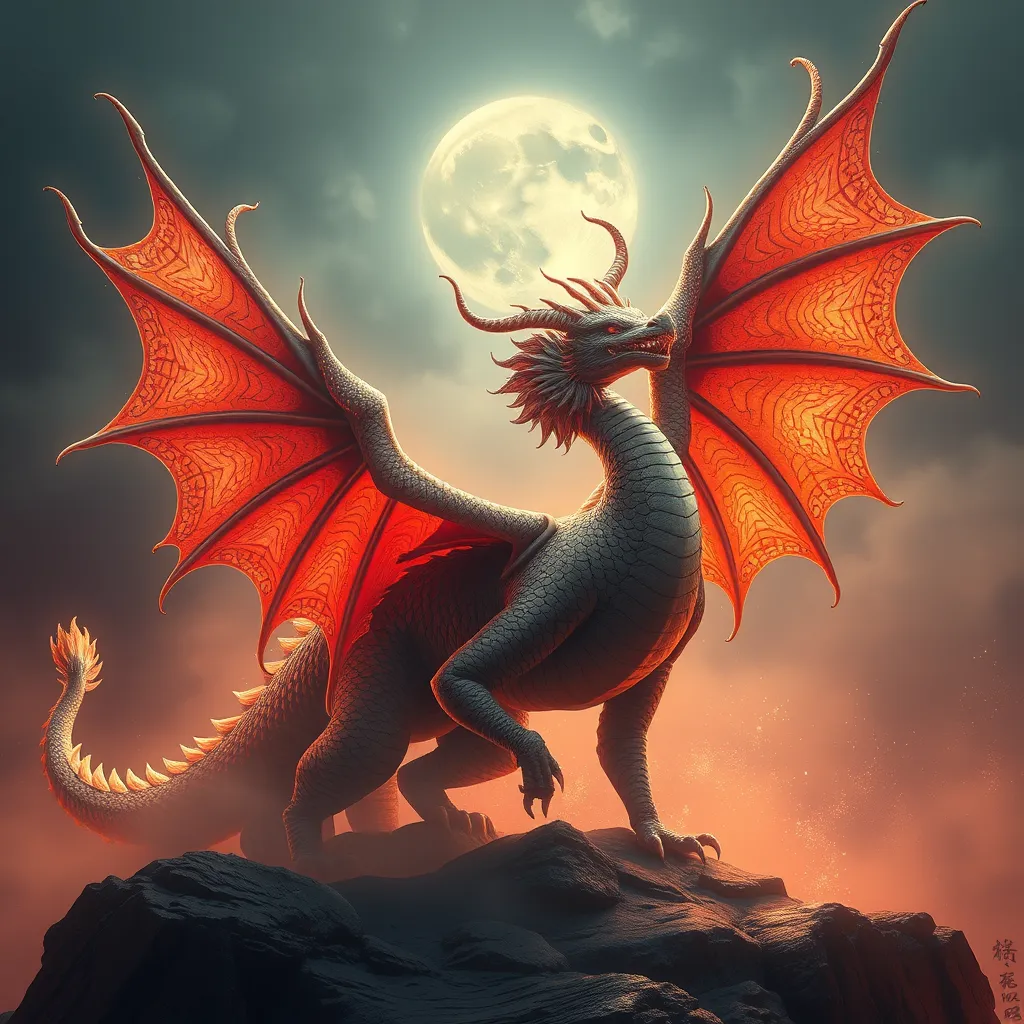The Basilisk and the Witch: Unveiling the Monster’s Connection to Magic and Superstition
I. Introduction
The Basilisk, often referred to as the “king of serpents,” is a legendary creature rooted deeply in folklore and mythology. Described as a serpentine monster capable of causing death with its gaze and venom, the Basilisk embodies the fears and superstitions of ancient societies. On the other hand, witches have been historically depicted as practitioners of magic, often viewed with suspicion and fear due to their connection to the supernatural.
This article aims to explore the intricate connections between the Basilisk and witchcraft, delving into their origins, cultural significance, and how they have influenced each other throughout history.
II. The Origins of the Basilisk Myth
The myth of the Basilisk can be traced back to ancient texts, with references appearing in works by Pliny the Elder and later, in medieval bestiaries. These accounts describe the Basilisk as a creature born from a serpent’s egg, laid under a toad, and imbued with lethal powers.
Symbolically, the Basilisk represents various elements of fear and danger, often embodying the unknown and the chaotic forces of nature. The evolution of the Basilisk legend reflects societal anxieties over unexplained phenomena and the need to categorize the natural world.
- Early references include:
- Pliny the Elder’s “Natural History”
- Medieval bestiaries and folklore
- Over time, the Basilisk transformed into a symbol of evil and malevolence.
III. The Witch in Historical Context
Witches have been depicted in various cultures as individuals possessing supernatural powers, often characterized by their ability to cast spells, commune with spirits, and manipulate the natural world. Historically, they were often women who, due to their knowledge of herbal medicine and healing, were both revered and feared.
The role of witches in society has oscillated between that of healer and harbinger of doom, heavily influenced by prevailing superstitions. Key historical events such as the European witch hunts of the 15th to 18th centuries illustrate the dangerous intersection of fear, gender, and power.
- Defining characteristics of witches include:
- Use of herbal remedies and potions
- Association with the supernatural
- Often solitary practitioners
- Notable events related to witch hunts:
- The Salem Witch Trials
- The Pendle Witch Trials in England
IV. The Basilisk’s Magical Attributes
The Basilisk is attributed with several magical powers, the most notorious being its ability to petrify or kill with its gaze. Its venom is also said to be lethal, further enhancing its reputation as a fearsome creature. In various magical practices, the Basilisk has been utilized as a symbol of ultimate danger and a tool for various spells.
In the context of alchemy and medieval magic, the Basilisk often appears as a symbol of transformation and the darker aspects of nature, representing the duality of creation and destruction.
- Powers attributed to the Basilisk include:
- Petrification through sight
- Lethal venom
- Control over life and death
V. Witches and Their Connection to the Supernatural
Witchcraft encompasses a wide array of practices, often involving rituals, spells, and the invocation of supernatural forces. Witches frequently interacted with various mythological creatures, including the Basilisk, using them in their lore and magical practices.
The connection between witches and monsters like the Basilisk highlights the intertwining of folklore and the supernatural, with witches often portrayed as mediators between the human realm and the world of monsters.
- Witchcraft practices often include:
- Herbalism and potion-making
- Rituals for protection or harm
- Invocation of animal spirits
VI. The Basilisk and Witchcraft in Literature and Media
The Basilisk has been represented in various literary works, such as J.K. Rowling’s “Harry Potter” series, where it serves as a powerful monster that embodies fear and danger. Similarly, tales like “The Tale of Basil the Great” showcase the Basilisk’s dual nature as both a feared creature and a subject of fascination.
Witchcraft is often portrayed alongside monsters in popular culture, reflecting societal views on magic and superstition. These representations serve to both entertain and provoke thought about our fears of the unknown.
- Notable representations include:
- “Harry Potter” series
- Folklore and fairy tales
VII. The Cultural Impact of the Basilisk and Witchcraft
The Basilisk continues to symbolize fear and danger in modern society, often appearing in art, literature, and popular media as a metaphor for the unknown. Meanwhile, the legacy of witchcraft has evolved, influencing contemporary views on magic, spirituality, and gender roles.
Both the Basilisk and witches continue to inspire fascination and fear, representing the enduring power of folklore in shaping cultural narratives.
- Modern symbols include:
- Basilisk in fantasy literature and gaming
- Witchcraft in spiritual practices and feminism
VIII. Conclusion
The intertwined histories of the Basilisk and witches reveal much about human fears, societal norms, and the quest for understanding the unknown. These figures serve as powerful symbols in folklore, reflecting our deep-seated anxieties and curiosities about magic and the supernatural.
In understanding these myths, we gain insight into the cultural significance of monsters and magic, reminding us of the complexities of human belief systems and the stories that shape our world.




